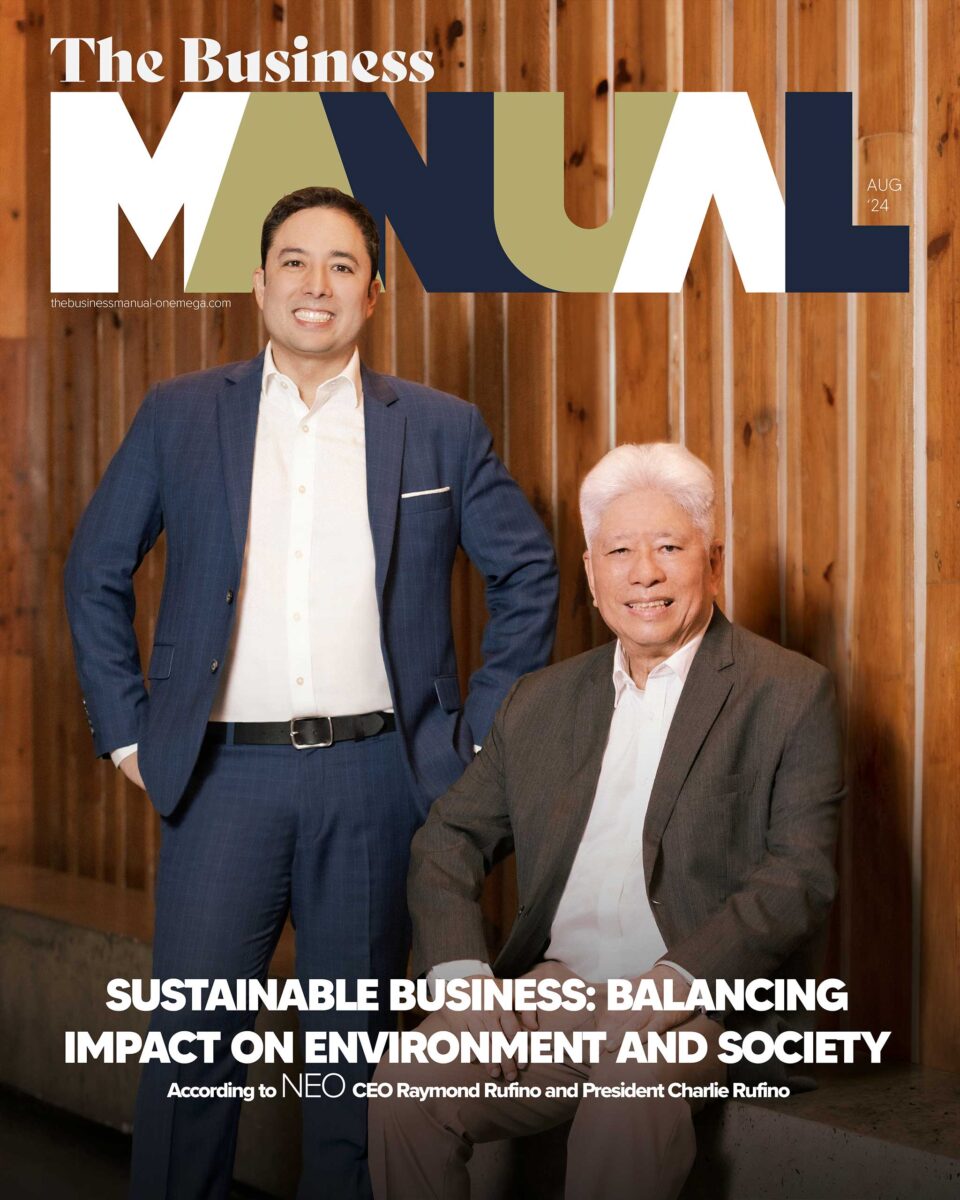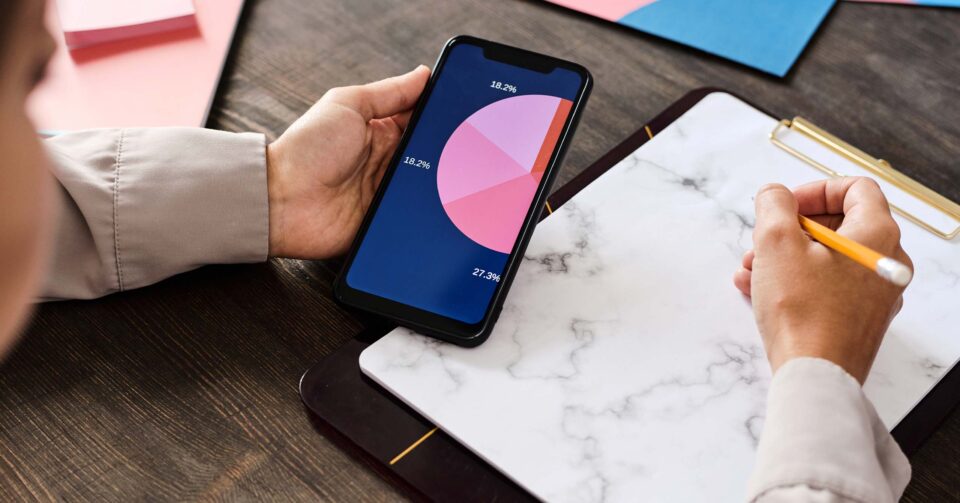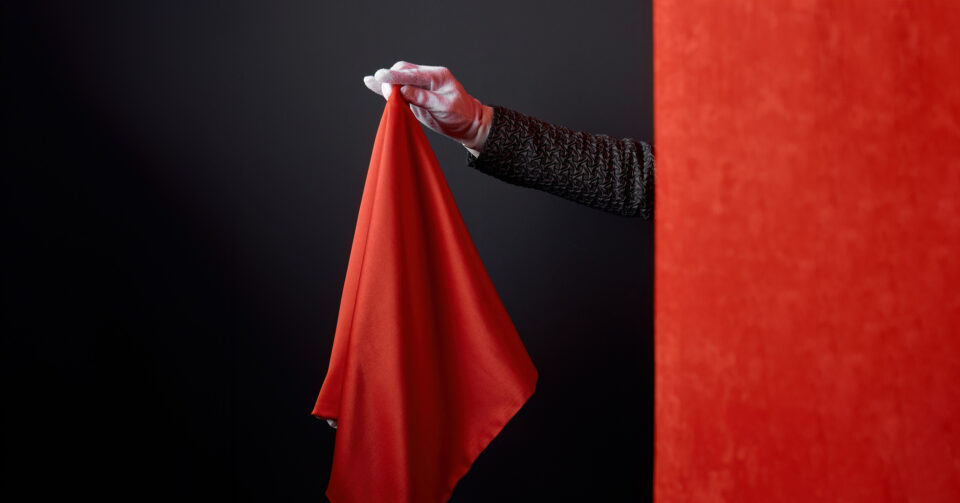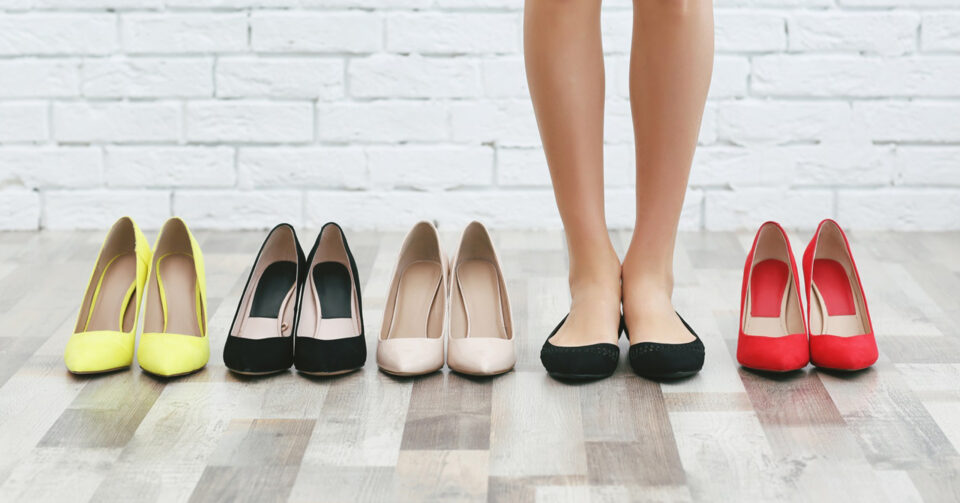5 Product Photography Tips That Will Help Boost Your Sales
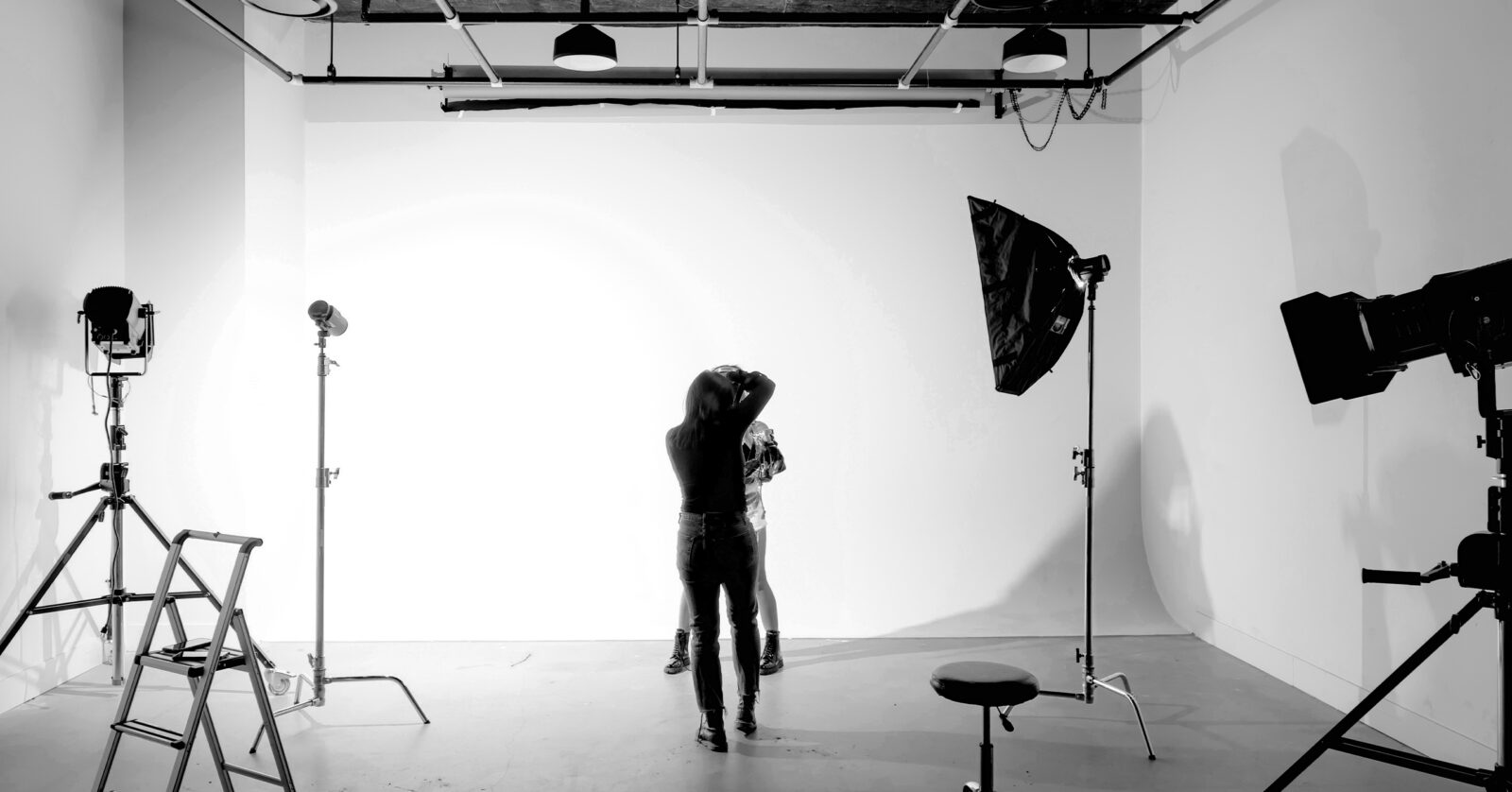
A good product photo makes all the difference, especially for online businesses, so we ask filmmaker Jag Concepcion for photography tips that will help sell your product.
When it comes to selling a product, many may argue that showing is just as important as telling. And rightfully so! According to data from LinkedIn, 75% of online shoppers actually rely on product photos before deciding whether or not to buy something.
This highlights how crucial product photos are in making a sale—whether you own an online business or a retail brand with multiple store branches in the country. However, product photography takes skills. It’s not as simple as putting your product somewhere with a nice background and taking photos of it.
In order to achieve that eye-catching, sale-worthy photo, a lot of planning and organizing goes into setting up a product shoot. To help you out, we asked filmmaker Jag Concepcion to share his tips and advice—based on his experience in both product photography and videography.
Choose the Right Person or Team for Your Shoot
Sticking to your intended budget for your product shoot is a good idea. However, you should also remember that product photography isn’t just a matter of point and shoot. “Product photography entails lighting of the product, the styling of the product, [as well as] any props included in the shot, and the editing of the photos after the shoot,” Jag explains. “These all affect the rates of photography services.”
“There are many individuals who offer photography services, [though] you must be mindful that sometimes the cheaper options deliver exactly what you pay for,” he adds.
If you’re still starting out or working with a limited budget, Jag suggests looking for those who accept ex-deals, or payment in kind. This works in exchange for lowering their prices, rather than having them drop their prices right off the bat. But take note that not all individuals and teams are open to this.
So why is it worthwhile to invest in good-quality pictures? Jag emphasizes that regardless of where the photos are used—be it social media, in-store, and the like—these photos give people an idea of what the product they plan on buying will look like. “It is worth the price to invest in nice pictures that will last a long time and really entice customers to try or purchase these products,” he says.
Product is King
Product is king. This cannot be emphasized enough, especially since the product photo is the gateway to a possible sale. With that being said, the product should always be the center of attention and even highlighted, for that matter.
While your product can always be dressed up and made more appealing during shoots, Jag cautions about the “disconnect from the product shoots and the actual product customers receive.” If the actual product looks too different from what is seen in the photo, you risk causing discontentment among customers.
Instead of raising expectations and falling flat, the goal is to showcase the product for what it really is, while also making it marketable, as in, what your customers see is what they’ll get.
Jag adds that it is best to remember what is at the core of your product. “Figure out what is important to showcase in your products to better accentuate these during the shoot,” he explains. Thus, it is important to effectively communicate your vision and desired style to your shoot team, while also being open to ideas from them.
“There are some aspects that are lost on you as a business owner and these perspectives [from your shoot team] can really bring a whole new dimension to your product and its perception to your customers,” says Jag.
Take Pre-Planning Seriously
Pre-planning is just as important as the shoot day itself, since it allows you and the shoot team to properly coordinate the details and materials needed ahead of time. This is also the time when you should use the opportunity to show pegs and samples that illustrate the style you are after.
After all, “A lot of the work in product shoots is in the pre-planning,” Jag points out.
This is also when you should decide on the feel or mood of the shoot. Should your photos look more playful or do they need to have a more exclusive, VIP feel to them? No matter what choice, Jag reminds that your choices should be in line with the image and branding of the business.
For Social Media or Screens In-Store?
Jag also emphasizes that the little details are very, very important in product photography. What’s more, you should not overlook where the shots will be used, as each platform has different requirements and treatments—from dimensions to orientation, and the like.
“There will be different treatments for photos to be used in different social media platforms and for different sizes,” he explains. For example, when the photos are tailored for a smartphone audience, “the product needs to fill the frame to be seen by the audience and the sizes of the photos will need to be shot to fit.”
Using a photo not meant for phone viewing might lead to the image being cropped, which in turn can reduce the photo’s quality. On the other hand, using a photo meant for phone viewing will not present well when flashed on screens available in-store.
What You Should and Should Not Do as a Client
Now that everything has been ironed out, it is important to note the proper etiquette as a client. Jag reminds that you should not be afraid to view the photos while the shoot is happening in order to make sure that they fit the requirements. Likewise, the photographer adds that you not to be afraid to give comments to the team, especially since the end result will heavily be based on what you want for your product.
However, he cautions against wanting to get too many photos taken. “There is always the trade-off that the more items and more setups you shoot, the more the team rushes and this can sometimes compromise the quality of the shoot, and the focus gets divided,” the filmmaker explains. What’s more, this can turn out to be more costly.
Maintain a Good Relationship with Your Team
As a business owner, forging relations with your supplier—the shoot team—is just as important, as product photography is not a one-time project. Eventually, you will need more photos taken, whether for campaigns or even new products. But beyond that, establishing a good connection also benefits both parties in the long run, given that word travels fast in the industry.
With that being said, Jag thinks that the importance of a good relationship between the client and the shoot team is often overlooked—a big no-no in business. “A good relationship with your shooting team provides you with a usual source of content and will give you a more uniform and cohesive package for the shoot,” he says.
“Having a good and regular relationship with your shooters will have big returns in the long run and will ensure the quality of your content,” Jag adds.
